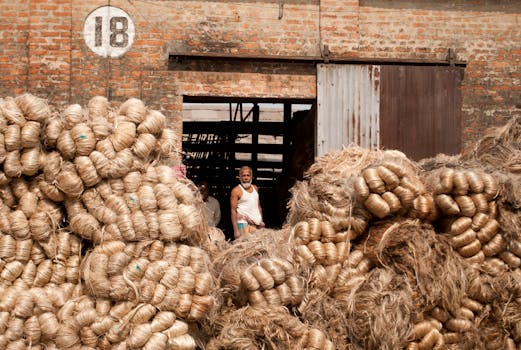
Fiber Futures: Innovations and Trends in Africa’s Textile Industry
Fiber Futures: Innovations and Trends in Africa’s Textile Industry. The African textile industry has undergone significant transformations in recent years, driven by advancements in technology, changes in consumer demand, and the need for sustainable practices. As the industry continues to evolve, it is essential to examine the current state of the textile sector in Africa and explore the innovations and trends that are shaping its future.
Introduction to Africa’s Textile Industry
Africa’s textile industry has a long history, with evidence of textile production dating back to ancient civilizations in Egypt, Ethiopia, and other parts of the continent. The industry has experienced periods of growth and decline over the years, with the colonial era and subsequent trade agreements shaping the sector’s development. Today, the African textile industry is a significant contributor to the continent’s economy, providing employment opportunities for millions of people and generating substantial revenue.
Current State of the Textile Industry in Africa
The African textile industry is characterized by a mix of traditional and modern production methods, with a focus on cotton, synthetic fibers, and other natural fibers. The industry is also marked by a lack of competitiveness, with many African countries struggling to compete with cheaper imports from Asia and other parts of the world. However, efforts to promote local production, improve quality, and enhance competitiveness are underway, driven by governments, industry associations, and international organizations.
Innovations and Trends in Africa’s Textile Industry
Several innovations and trends are shaping the future of Africa’s textile industry, including the adoption of sustainable practices, the use of new technologies, and the development of niche products. Some of the key trends and innovations include the use of organic cotton, the production of eco-friendly textiles, and the development of digital printing technologies. Additionally, there is a growing focus on promoting African fashion and textiles, with designers and brands showcasing their products on international catwalks and in high-end stores.
Challenges and Opportunities in Africa’s Textile Industry
Despite the progress being made, the African textile industry faces several challenges, including inadequate infrastructure, limited access to finance, and a lack of skilled workers. However, these challenges also present opportunities for investment, innovation, and growth. With the right support and investment, the industry can overcome its challenges and realize its full potential, creating jobs, generating revenue, and contributing to the continent’s economic development.
Conclusion
In conclusion, Africa’s textile industry is at a critical juncture, with innovations and trends shaping its future. As the industry continues to evolve, it is essential to address the challenges and opportunities that arise, promoting sustainable practices, improving competitiveness, and showcasing African fashion and textiles on the global stage.





